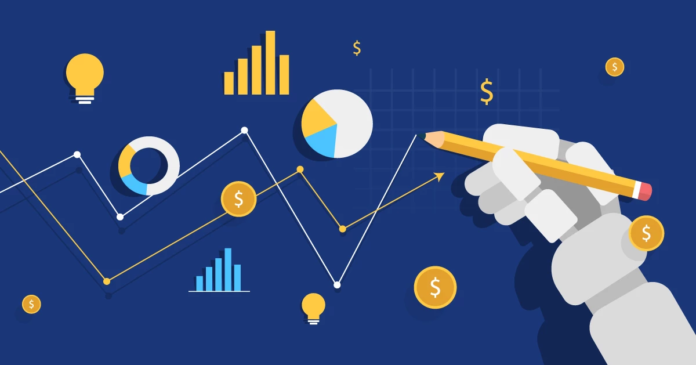Introduction
Managing a spa involves more than providing excellent services. It requires creating a serene atmosphere, streamlining operations, and satisfying clients and staff. One way to achieve these goals effortlessly is by using online spa software that helps organize and optimize various elements of spa management.
The cornerstone of a successful spa business is creating an environment where clients feel relaxed and staff operate efficiently. The following tips and tools can help spa managers enhance the overall experience for everyone involved, resulting in higher customer satisfaction and business expansion.
Setting the Atmosphere
Creating a tranquil and welcoming environment sets the tone for the spa experience. Lighting, music, and smells are just a few examples of the elements that greatly influence comfort and how people feel. Warm, soft lighting may produce a soothing environment, making it easier for clients to relax. Complementing this with gentle background music helps clients let go of their daily stresses and immerse themselves in the serene environment of the spa.
In addition to lighting and music, the sense of smell is an often overlooked aspect of creating a welcoming atmosphere. Aromatherapy with essential oils like eucalyptus, lavender, and chamomile can enhance relaxation and improve client experience. It’s also worth considering personalized touches, like offering clients their choice of scents or relaxing teas, to make their visit more memorable and tailored to their preferences.
Streamlining Operations
Efficiency is critical to a well-run spa. From inventory management to client scheduling, having streamlined processes in place can significantly reduce stress for both staff and clients. By implementing tools that automate daily tasks, spa managers can save time and decrease the risk of human error. For example, automated systems for inventory management ensure that supplies are always stocked, reducing downtime and enhancing operational efficiency.
- Use of automated systems: Automation tools can help monitor stock levels and automatically place orders when inventory runs low, ensuring that essential items are always available.
- Regular inventory checks: Conducting periodic inventory reviews helps prevent overstocking or understocking, allowing for better resource allocation and cost management.
- Efficient staff scheduling: Proper scheduling systems can optimize staff hours, ensuring enough team members are available during peak times without overburdening employees.
These measures make daily operations smoother and contribute to a more positive work environment, which ultimately reflects in the services provided to clients.
Advanced Scheduling Tools
One of the cornerstones of a successful spa is how well appointments are handled. Advanced scheduling tools can help management reduce and improve performance by sending reminders and handling last-minute cancellations smoothly. These tools also provide a seamless way to manage schedules, ensuring that no time slot goes to waste, which is crucial in a high-demand environment.
- Benefits of automated booking systems: Clients can book appointments online at their convenience, which increases accessibility and reduces the workload on front desk staff.
- Reducing no-shows through reminders: Automated reminders via email or SMS can significantly decrease the number of missed appointments, leading to better time management and revenue consistency.
- Handling last-minute cancellations smoothly: Advanced tools can quickly fill canceled slots through waitlist features or automatic re-booking options, ensuring optimal utilization of available time.
These scheduling capabilities enhance the client’s experience by offering flexibility and convenience and optimize the spa’s operational effectiveness, which enables improved client happiness and resource management.
Training and Development for Staff
Well-trained staff are better equipped to provide top-notch services. Continuous professional development keeps the team motivated and ensures high standards are met. Frequent seminars and training sessions may keep employees up to date with the latest techniques and trends, which in turn enhances client satisfaction. Investing in staff education demonstrates a commitment to quality, fostering a culture of excellence within the spa.
More than initial training, ongoing development opportunities such as advanced certifications and specializations can empower employees to deliver exceptional services. Staff who feel valued and supported in their professional growth will likely be more engaged and motivated, translating to a higher level of service for clients.
Client Feedback and Adaptation
Listening to feedback and adapting accordingly demonstrates a commitment to client satisfaction. Simple follow-up surveys can provide valuable insights that help spa managers make necessary adjustments. Clients appreciate when their feedback is taken seriously, which can foster long-term loyalty.
Customer feedback mechanisms can provide a wealth of information that can be used to enhance service quality and client satisfaction. Integrating client feedback systems allows spas to respond dynamically to client needs and preferences, ensuring services remain aligned with client expectations.
Utilizing Data and Technology
Incorporating data analytics and technology helps make informed decisions, whether understanding client preferences or optimizing operational efficiency. Data from booking systems, client feedback, and other sources can be analyzed to identify trends and areas for improvement. This data-driven approach allows spa managers to tailor their services more precisely to meet client demands.
Adopting modern technologies is crucial to staying competitive in a rapidly evolving market. Technologies such as CRM systems, appointment scheduling software, and performance analytics tools streamline operations and give helpful information that can spur innovation and corporate expansion.
Conclusion
By implementing these best practices in spa management, managers can ensure smooth operations and a delightful experience for clients, paving the way for business growth. These tactics significantly impact how well the environment is set up, how sophisticated scheduling tools are used, and how well data and technology are utilized. A well-managed spa attracts and retains more clients, ensuring long-term success and growth in a competitive market.
You may also like to read: wellhealthorganic.com/how-to-build-muscle-know-tips-to-increase-muscles
